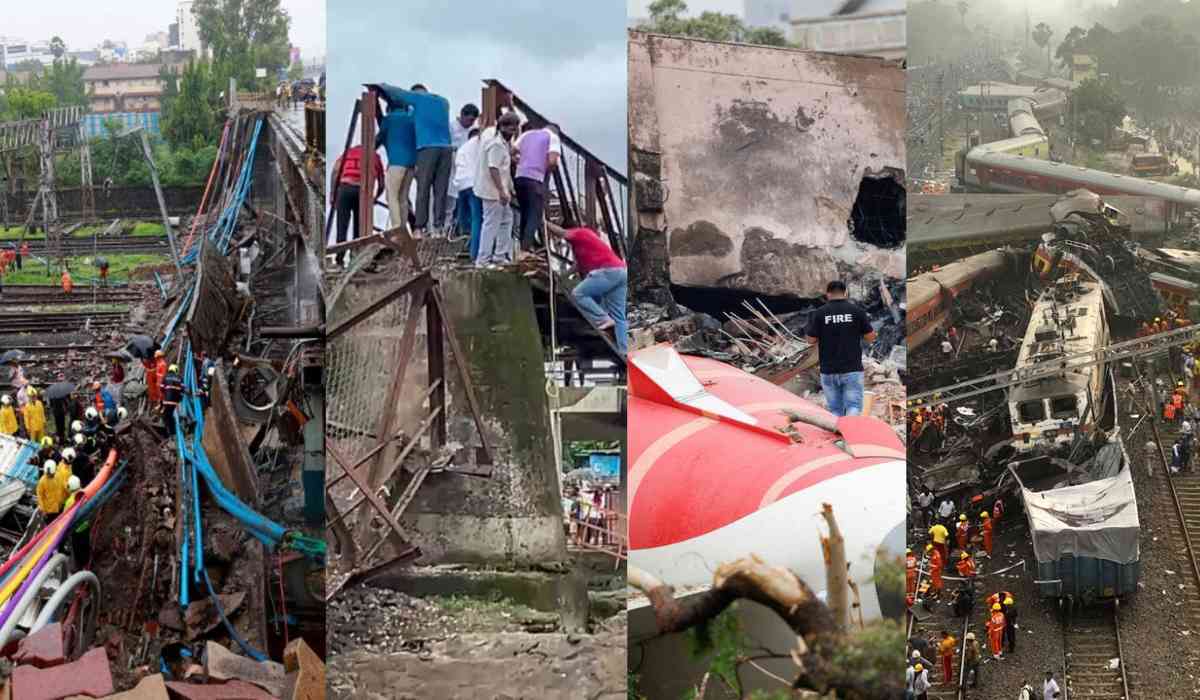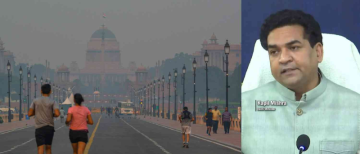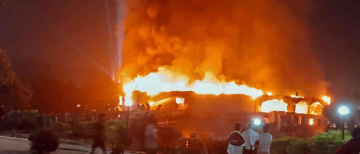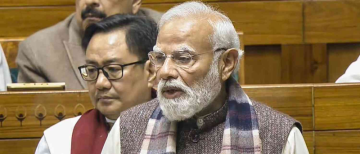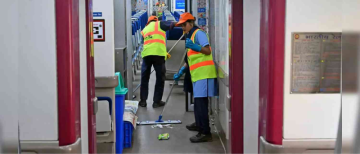In recent days, India has witnessed a series of tragic incidents—building collapses, bridge failures, and transport mishaps—that have left the nation in shock. These events have sparked a pressing question: Are these tragedies isolated accidents, or do they point to deeper problems in India’s infrastructure?
Let’s look at the facts, explore the bigger picture, and try to understand what these incidents mean for India’s future.
What Happened This Week?
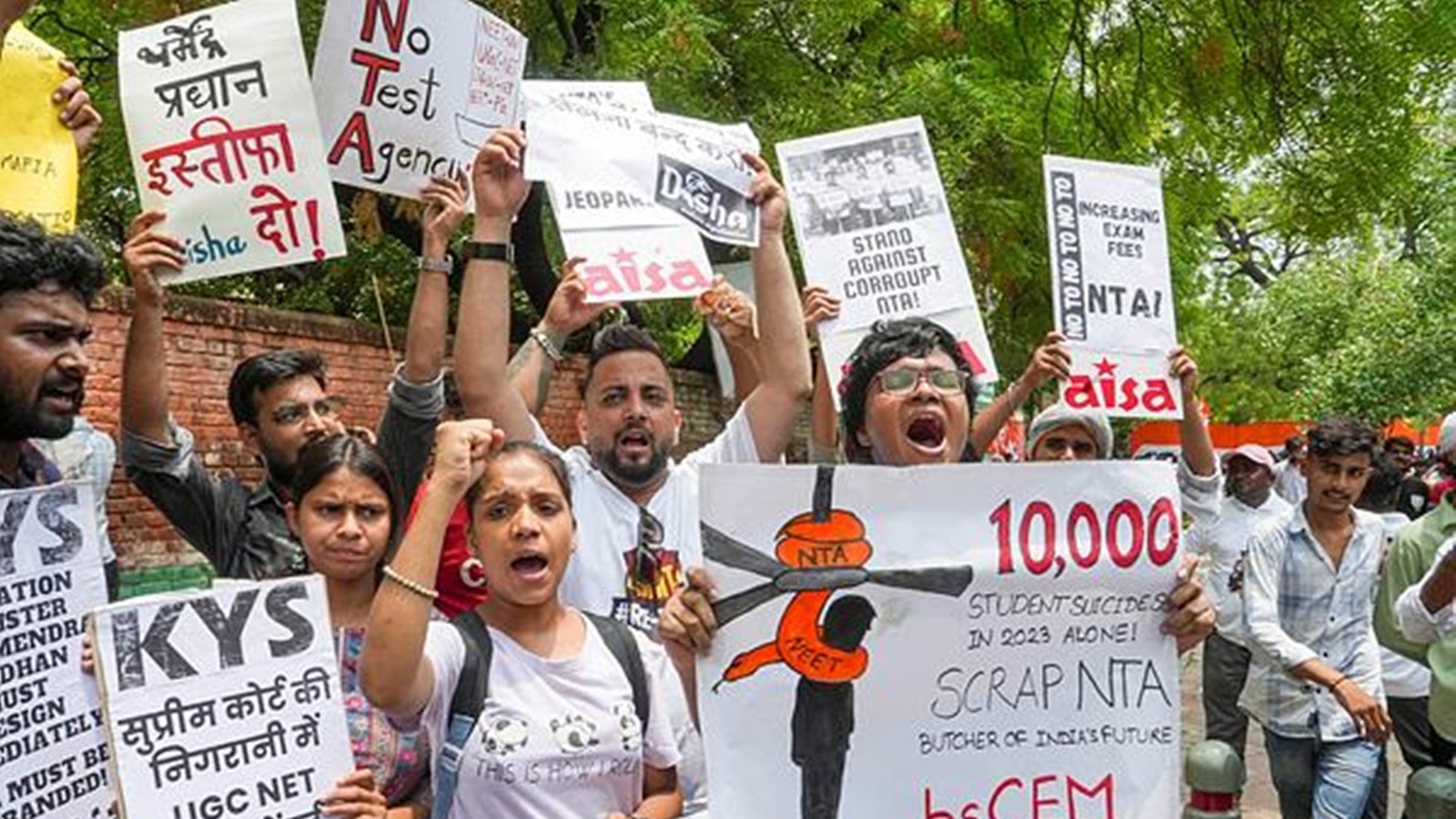
Across several cities, there have been multiple reports of buildings collapsing, roads caving in, and deadly accidents involving trains and buses. Each incident has caused loss of life, injuries, and widespread fear among citizens. While investigations are still ongoing, early reports suggest that poor construction quality, lack of maintenance, and delayed repairs may have played a role in many of these tragedies.
The State of India’s Infrastructure: Progress and Problems
India’s infrastructure has seen rapid growth in recent years. The government has invested heavily in new roads, metro lines, airports, and urban development projects. For example, by May 2025, India’s metro network expanded from 248 km in 2014 to over 1,000 km. The 2025 Union Budget allocated Rs 11.2 lakh crore for infrastructure, focusing on connectivity, logistics, and urban renewal.
Despite these achievements, the sector faces significant challenges:
-
Over 40% of major infrastructure projects are delayed, leading to massive cost overruns.
-
Outdated regulations and complex public-private partnership (PPP) agreements slow down project execution and discourage private investment.
-
Issues like water scarcity, urban overcrowding, and climate change put extra pressure on existing infrastructure.
-
Many projects suffer from poor maintenance, lack of accountability, and corruption, which can compromise safety and quality.
Why Do Tragedies Keep Happening?

While India is building new infrastructure at a record pace, maintenance of old structures often lags behind. Many bridges, buildings, and roads were constructed decades ago and are now showing signs of wear and tear. Delays in repairs, shortcuts in construction, and lack of regular inspections can make these structures dangerous.
Another problem is the slow pace of reforms. For instance, while the government has encouraged PPPs in roads and airports, attracting private investment in railways has proven difficult due to high risks and low returns. Land acquisition issues and dependency on imported technology also cause delays and cost overruns.
Is India’s Infrastructure Really “Crumbling”?
It would be unfair to say that all of India’s infrastructure is falling apart. The country is making progress, with several mega-projects set to be completed in 2025, promising better connectivity and economic growth. However, the recent tragedies highlight that progress is uneven. While new projects grab headlines, maintenance and safety of older infrastructure often get less attention.
Experts argue that India needs to balance building new projects with caring for what already exists. Reforms are needed to make PPP agreements clearer and more flexible, so that projects can be completed on time and within budget. Regular inspections, transparent reporting, and strict enforcement of safety standards are essential to prevent future disasters.
What Can Be Done?
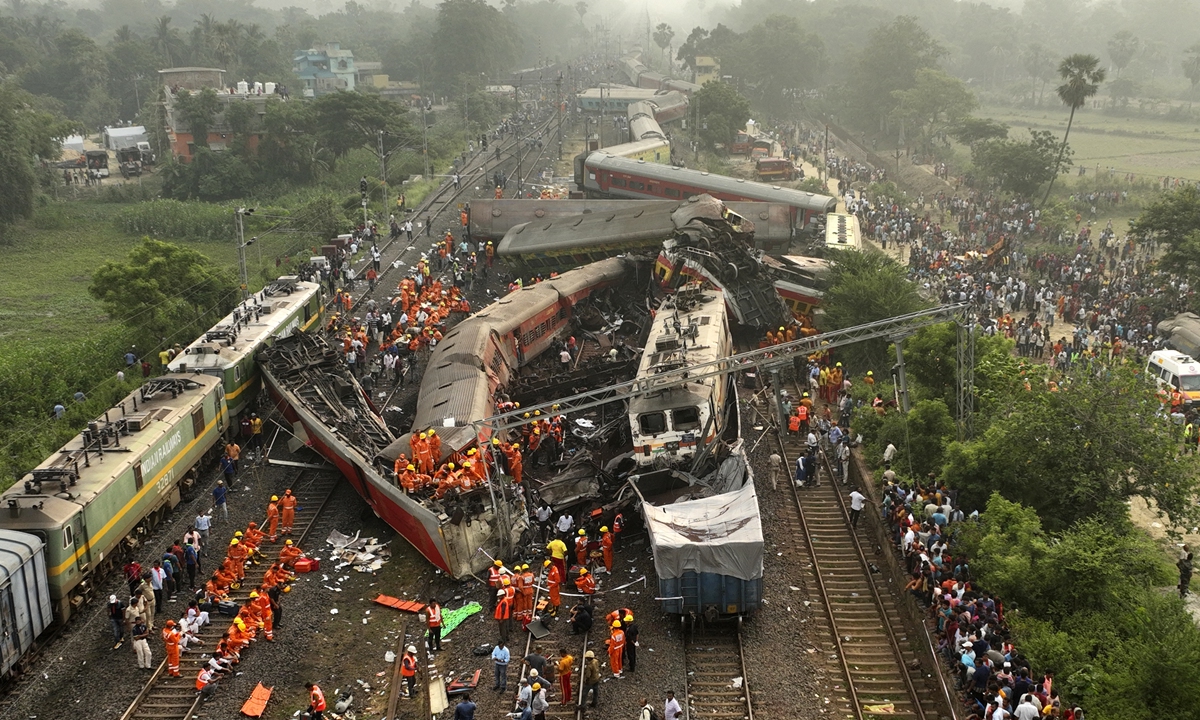
To prevent more tragedies, India must:
-
Prioritize maintenance and safety checks for existing infrastructure.
-
Reform outdated regulations and PPP agreements to speed up project delivery and attract private investment.
-
Invest in training and technology to improve construction quality and monitoring.
-
Encourage transparency and accountability at every stage, from planning to execution.
-
Involve local communities in decision-making, so that projects meet real needs and concerns.
India’s recent tragedies are a wake-up call. They show that building new roads and bridges is not enough—taking care of what’s already built is just as important. While the government’s focus on infrastructure is a positive step, the challenge now is to ensure that progress is safe, sustainable, and benefits everyone.
India’s infrastructure is not “crumbling” everywhere, but the cracks are real. Addressing these issues requires teamwork between government, private companies, and citizens. Only then can India build a future where tragedies become rare, and progress is truly for all.
Final Note
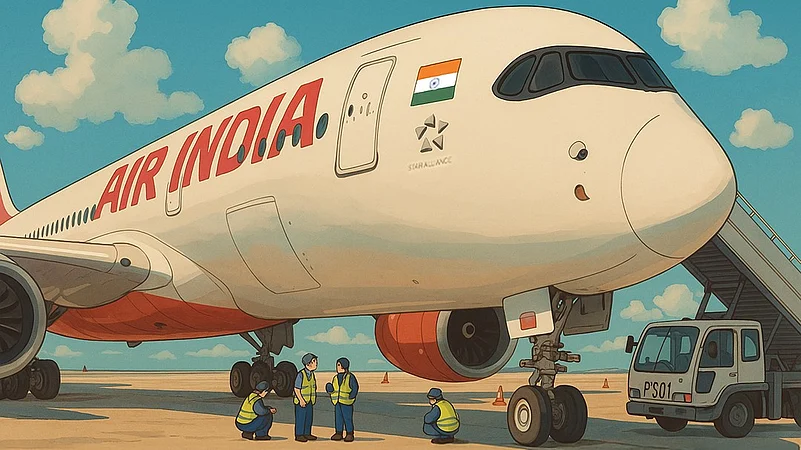
A week of terrible tragedies has forced India to look closely at its infrastructure. The answer is not to stop building, but to build better—and to care for what we already have. With the right reforms, investments, and a focus on safety, India can turn these tragedies into lessons for a stronger, safer tomorrow.
With inputs from agencies
Image Source: Multiple agencies
© Copyright 2025. All Rights Reserved Powered by Vygr Media.

